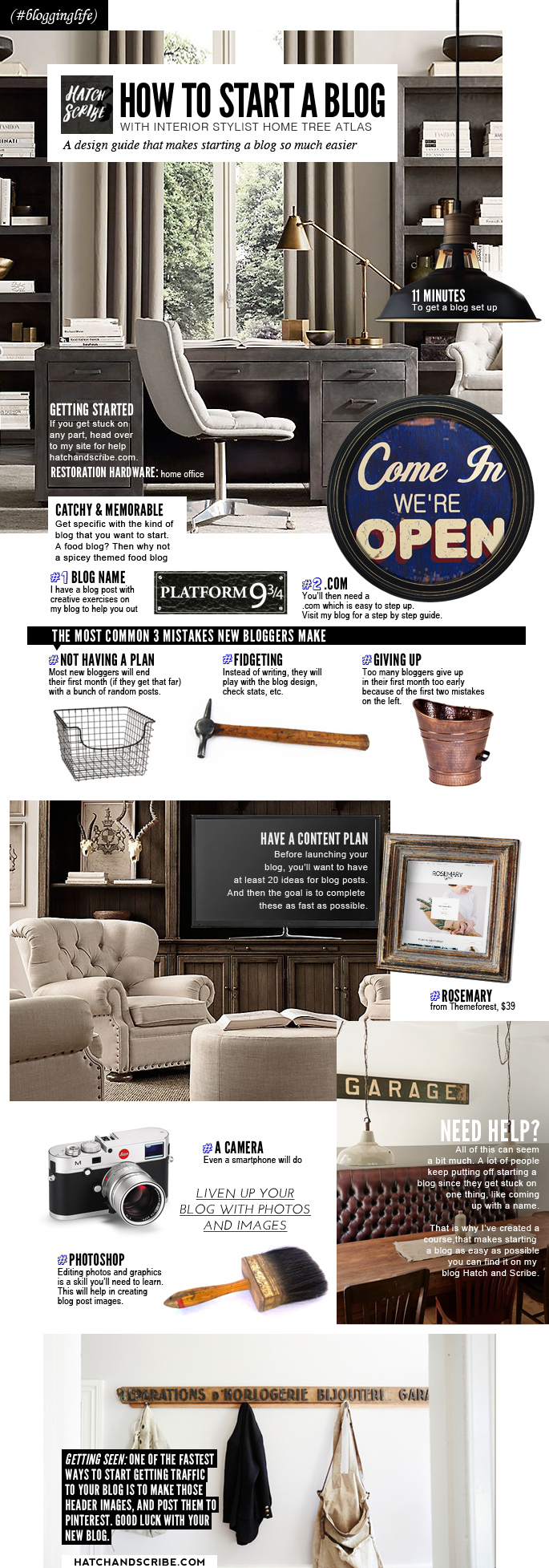
Here is a quick guide for starting a blog I put together. If you are ready to set up your own blog, then head on over to my step by step guide here: DIY Setup – How to Start a Blog (In 11 Minutes)


Here is a quick guide for starting a blog I put together. If you are ready to set up your own blog, then head on over to my step by step guide here: DIY Setup – How to Start a Blog (In 11 Minutes)
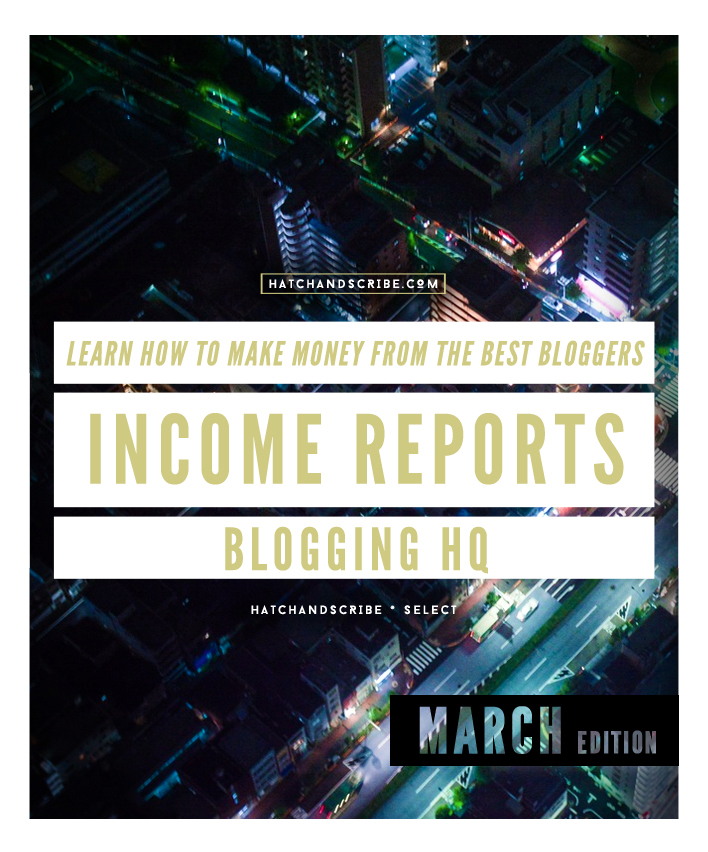
Here is a quick round up of the latest income reports from bloggers I respect. These are bloggers you can seriously learn from. I have much more planned for this page (what is the average time it takes a blogger to get to $1000, etc) – so pin or bookmark this page and come back soon.
Quick takeaways from reading these income reports:
(Amounts shown are for total income, excluding expenses)
Food Bloggers
*
Home and Lifestyle Bloggers
*
Travel Bloggers
*
Fitness Bloggers
*
Business and Finance
*
Check back soon for more stats.
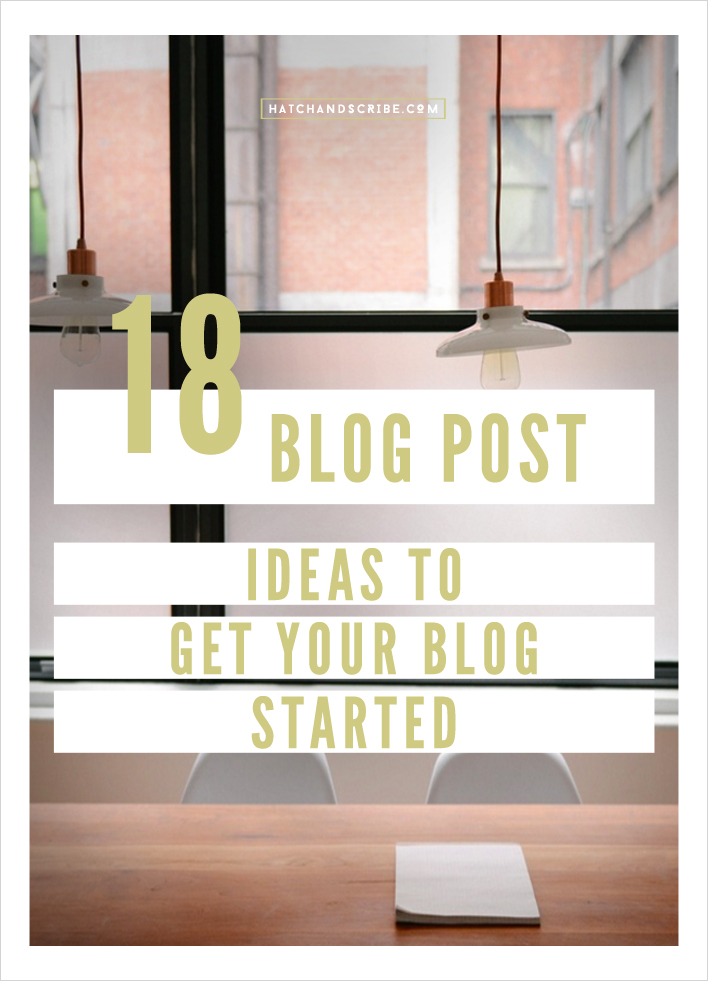
Once you’ve done the technical part of setting up your new blog, the next step is to start posting.
Posts are the life blood of starting any blog. And I see too many new bloggers give up too soon.
The best way to overcome an early exit is to plan out 10-20 posts that you want to write. And get writing. Because once you have written these posts, you will have felt that you have invested your time and energy into your blog and won’t want to give up.
Don’t be checking stats, playing around with your blog’s design, or spending your time on social media. Focus on getting posts published.
All of the first blog post ideas below can be catered to the topic of your blog.
Unique and Creative Blog Post Ideas
1. Create a post showing a personal behind the scenes look of your blog and or something related to your blog. If you are a photography blogger then show your camera set up, how you organize your closet if you are a fashion blogger, or show off your kitchen if you are a food blogger
2. What’s in your.. (camera photography bag, makeup bag, closet, kitchen, travel bag, on your desk)
3. Do an Interview on the subject of your blog, starting with close friends and family
4. Share a list of goals (related to your blog) that you have for the next 6 months
5. List out related blogs that inspire you
6. Create a weekend tutorial – whether it is a recipe for a food blog, organising tips for travelling, putting together a dinner date outfit, a beauty tutorial post, a fitness workout routine, or a home DIY project
7. Share a round up of your new favourite pins that you have found this week about your blog’s subject
8. Do a review of something you’ve bought recently or something that you use often – relating to your blog
9. Share the 5 items that you can’t live without – relating to your blog’s topic
10. Create something that solves a problem for your readers – a packing list for techie/women/men/family travellers, a kitchen hack, a closet essentials checklist, a camera DIY, fitness hack
11. Share a round up of the best and popular videos (Youtube) on your subject
12. Create a gift ideas post for people who are into your subject
13. Write a post title along the lines of ‘How to Organize ______’
14. Dream big. If money was unlimited, share what would you do (relating it to your blog’s topic). “My Dream Kitchen”, “My Dream Travel Destinations”…
15. Write up a list of things you wish you knew about your topic when you were ___
16. Create a post on what people should avoid doing – or what people are overdoing in your subject
17. Create a fun photo list post. Here are some simple and creative ideas: 10 Photos of Delicious Lasagnes with White Sauce, 12 Photos That Will Make You Want to Visit (Your home town), 8 Photos of Stunning Home Workshops, 9 Photos of Perfectly Curated Closets. You can find these images on Flickr, or embed Instagram photos into the post. You can change the title of the post from ‘photos’ to ‘pins’ and use pins from Pinterest
18. Share the meaning behind your blog’s name – and why you started the blog. These are the questions I ask people when I am helping them come up with their blog name (How To Brainstorm Blog Name Ideas You’ll Love)
More blogging posts for beginners:
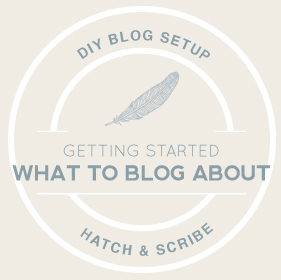 Why is it hard to choose what to blog about? Is it because it feels like a marriage, a big commitment? It should’t feel this way. You’re not starting a magazine, a TV show, or moving to a new country. It only costs $7 to start a blog, and 11 minutes. If you change your mind, you can reset everything pretty quickly. A lot of big name bloggers started their blogs much differently than what people see today. Some people will start over and create a new blog, others pivot – change the direction of their blog, while others simply add topics to their blog. There doesn’t need to be so much pressure on finding the perfect blog theme. More pressure should be put on getting started – only then will you discover what you love to blog about.
Why is it hard to choose what to blog about? Is it because it feels like a marriage, a big commitment? It should’t feel this way. You’re not starting a magazine, a TV show, or moving to a new country. It only costs $7 to start a blog, and 11 minutes. If you change your mind, you can reset everything pretty quickly. A lot of big name bloggers started their blogs much differently than what people see today. Some people will start over and create a new blog, others pivot – change the direction of their blog, while others simply add topics to their blog. There doesn’t need to be so much pressure on finding the perfect blog theme. More pressure should be put on getting started – only then will you discover what you love to blog about.
Think Long Term. A blog grows when you work on it consistently. A lot of bloggers write blog posts everyday. That is one way to do it. Another way is to blog once a week, or once every two weeks. These would be epic posts, one of a kind timeless resources.
You need to keep building your blog, the writing side and the promotion side. You need to have a vision of the future. A blog doesn’t get big overnight, it gradually grows. If you are thinking 3-4 months, it is a waste of time. 1 year and further, that makes more sense.
Think People. You will need to talk to people who are also blogging about what you are blogging about. This helps spread your blog. It is fun. It takes time but it is not difficult. Just comment, and email other bloggers. This is a benefit of blogging. You get to meet and exchange ideas with other people who have the same interests as you.
Your Passions and Interests: Take a look at the magazines and blogs you read. Are you obsessed with home decor, fashion, cooking, photography, or computer programming? Check out your Pinboards, and what blog posts/articles you share on Twitter or Facebook.
Check your bookmarks, what do you save to your computer? Is there anything you really, really want to learn more about – could you start a blog showing your journey? What are the things that make you go “holy! I must have that / I have to know how that is done / I have to tell _____ about this”.
Format: Think about the format you might have the most fun creating a blog around. Some formats of blogs include:
Take a travel or fashion blog for example, you could create a blog with any of the formats I just listed.
Ideas Through Features: A feature post is one that is quite special. It is a post that takes more time to do than your other posts, so you would do one once a week or once a month. Like an awesome video interview. You then get known for these weekly or monthly feature posts.
People: It is important to think about who you want reading your blog. Do you want experts or everyday people, or doers and DIYers? Who would you want reading your blog? What sort of posts would they want to read?
The Curator: One way that really helped me find a theme to blog about was through curation. Curation is when you blog about what other people are doing. You share links, and posts you find online. There are a lot of blogs out there like this. It takes a lot of time to build any traffic and get a following. So I would’t recommend doing this as a blog, but it is a good way to get started and find out what you love to blog about.
Say I am interested in great design. I find a blog post about a great graphic designer who has designed an amazing wine bottle, I write about it and share it. Then I find these great pair of headphones designed by a world famous product designer, I write about it and share it. That is curation, writing about what other people are doing.
After a while of doing this I start to realize that I am more interested in printed graphic design – things like business card designs, wine bottle labels, packaging. I start writing more about these kind of things that I find online. Then after a while I realize I notice I love finding out how people print and make what they design. So my blog gets even more focused. That’s how you learn what you love to blog about through a curated blog.
Being a curator is great. But know that you need to create your own voice, your own style, and most importantly your own original stories. That is the problem with a curated site, nothing is your own, nothing is really original. In order to really stand out and build a following, it is a good idea to create your own original stories – instead of sharing what you find online.
Going back to the printed graphic design example, I am at a point where I know I want to blog about how people print and make what they design. So how do I create my own original content? Well I could start doing interviews. I could do video tours of peoples workshops. I could learn how people do it, and create my own DIY tutorials.
The Niche Blog: A niche blog is one that has a specific focus. For example you have a craft blog and you focus on paper crafts.
No matter what you decide to blog about, focusing down to a specific theme is a good idea. Having a focused blog will help you stand out and be known for something specific.
You do need to make sure that it is a specific subject that you can keep on talking about – and won’t run out of ideas for content.
You can go and create your own niche. Tim Ferriss, author of the 4 Hour Work Week, could have said he was all about productivity or entrepreneurship, but instead he coined the term “Lifestyle Design”.
You need something unique to stand out, and when you stand out you build traffic.
It is okay to have niche blog and add in other subjects you love, sporadically. Say you have a maternity photography blog, you can always write a blog post now and again about the business side of things, your goals, daily life, work habits, etc. But your blog is known for maternity photography.
A Lifestyle Blog: A lifestyle blog is one that is based around your own lifestyle. Here you pick 2 or 3 themes (Fashion, DIY, Recipes for example) and write about them. For this kind of blog you will need a unique voice, strong sense of self, and be quite open about your life. A lot of people have a blog like this, so it will take a lot more time and dedication to build a following. Remember, the more specific your blog is – the more memorable your blog will be, and the faster it will grow.
WARNING: Don’t Get Too Personal. For some, it will be easy to fall into the trap of over sharing: blogging about what you are feeling at the time, what you are thinking, or going on a rant. Basically using your blog as a personal journal.
When you start blogging like this, you attract a strange kind of audience. People will start demanding things from you, wanting more updates, or more personal details. People will think you owe them your life story. You will get a lot of rude comments – they will even go out of their way to dig up info to shame you. It’s like you’ve created your own tabloid about yourself, but people can contact you directly. You have to draw a line – keeping some things offline.
Remember that it is okay to change your mind. All the big name bloggers have done it. You can always start a new blog, which will be better than your first since you’ve found your passion. Or you can change the direction of your blog. Or add topics and themes to your blog as it grows.
If you are unsure what you want to blog about then you will want a more general name for your blog. This way you can change directions or add themes without it looking weird. So instead of having a name like My Vintage Decor, you have a name like The House on the Hill or Home History. I go more into choosing a name in this guide: Choosing a Name You Love.
Get Focused: When you start out blogging, look to focus on one topic. Understand what you love most about it and focus even further. If you love photography, start blogging about it. Then try and understand what is it about about photography that you love – is it the technical side, coming up with ideas, fashion photography, or printing and displaying photographs. Then focus down onto the part you love the most. Having a “Photography” blog will not make you stand out. Having a blog on Family Photography Ideas or DIY Printing Ideas will. You can always add in other posts on photography but have the majority of the posts focused to one specific theme.
Off Topic: A way to focus is to write down what you don’t want to blog about. A photography blog that avoids the technical parts of photography and focus on the creative side. A home decor blog that avoids how to guides, and focus on ideas.
Your Standards: Set high standards for you and your blog. This goes back to focus. Don’t cut corners and write a post because it is easy, or just because it is something everyone else is talking about. Stay true to the kind of blog you want to create. Sometimes it is better not to write at all than write something that is not up to your high standards.
Creating Your Vision: One thing that has helped me to create a direction for my blogs is to write a tagline and missions statement. Take this site for example. The tag line is DIY Website Set Up. I want to help you set up your blog. But I also want to give you ways of branding and growing your blog, DIY style. That is why you will see articles like How To Create Your Own Blog Header (no design skills or software needed). And soon there will be articles on DIY Photography for Beginners, or How To Create Pinterest Style Badges for Your Blog Posts. I want to give people the DIY skills to start blogging.
Find what you love and be proud blogging about it. It shows, and people will notice.
Get Started >> Set up your blog
Isn’t this fun? Soon I’ll have my first blog post live online for the world to see.
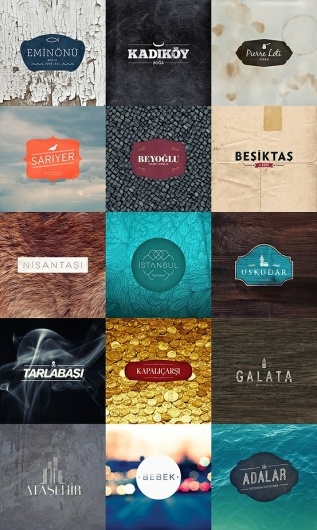
 (A photo of me leaving the Philippines, after Volunteering there for a year and half. While my home design blog was still running.)
(A photo of me leaving the Philippines, after Volunteering there for a year and half. While my home design blog was still running.)
© 2013 Hatch & Scribe - DIY Blog Setup. All Rights Reserved. | Sitemap

